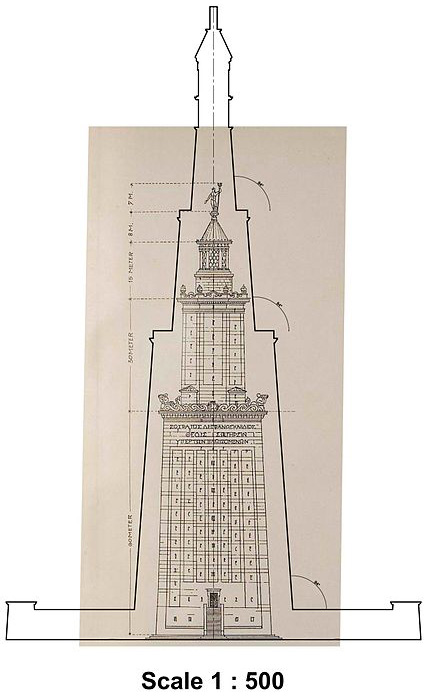Wait, isn't anatolia ruled by Hellenic Bataids? I don't think is impossible to restore the Mausoleum for prestige, or is just me don't wanting ITL world to lose such wonders
agree the Phare of Alexandria being rebuild is more likely than the mausoleum . The best case cenario for the mausoleum is probably to be forgotten for some time until rediscovery with the stones and foundation still here to "modern time" which are supposed to be coming earlier than OTL and more advanced so people have the interest and ressource to rebuild it in some ways . Also I just wen quickly to the wiki but the date given to the destruction of the Tower is more around 1303 from where the 1375 date come from ?Anatolia is ruled by the Bataids yes, however, that doesn't mean that the Mausoleum survives in one piece or is even recognizable enough for the Bataids for restore it since it was located in a rather isolated town compared to Alexandria. I think it would be more likely for them to repurpose the stones as building material for a new castle like what the Crusaders did OTL, although they could also just leave the stones and the foundation as it was, which would make for a good future archaeology site.
Not like the Bataids are in desperate need to rebuild such wonders anyways for prestige. They own Constantinople with much of the old Roman buildings most likely intact like the Great Palaces, the Hippodrome, the Forum, and etc. since the 1204 Sack of Constantinople was averted. They could have even restored the Parthenon as a mosque while the House of Wisdom remains the crown jewel of the Islamic World. One old mausoleum from a long dead man probably isn't on their minds compared to the Lighthouse which both had significant practical and cultural value for the Harabids.
Mind you the reconstruction could be a political move to regain illusion of strength and grander to both home and the exteriorHarabids have been a declinning dynasty look at the posts on them they have been losing land the entire time they became decadent quickly. They were second thoughts bataids easily defeated when they went to war against the abbasids. Nothing indicates they were just as powerful. Literally only one post shows them doing good their first.


